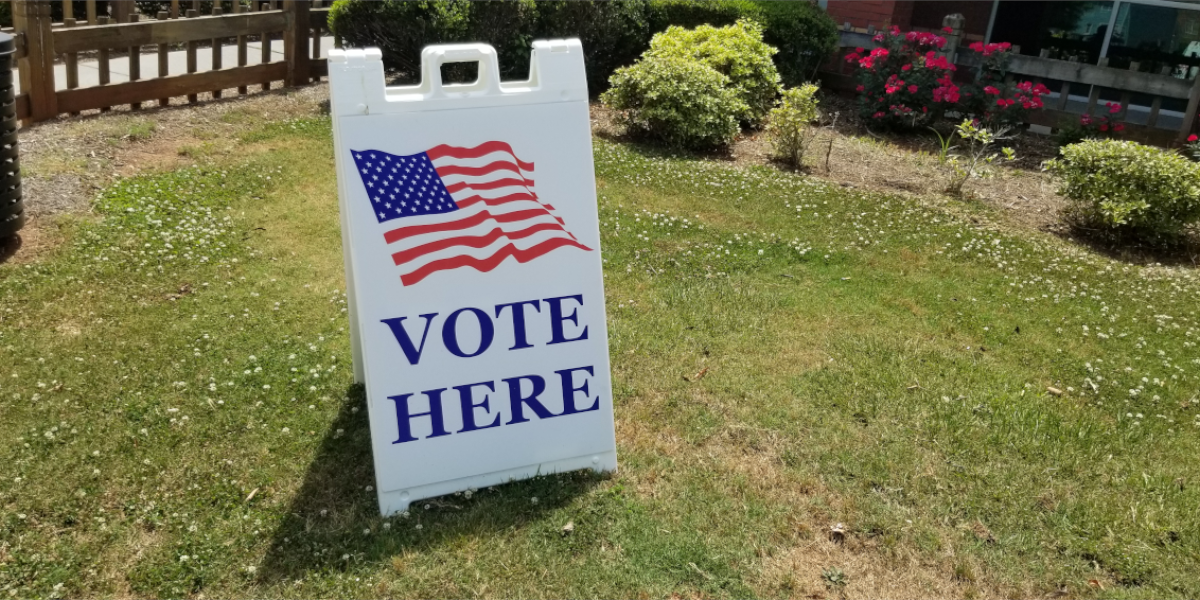By John A. Tures, Professor of Political Science, LaGrange College
During the Democratic National Convention in Chicago, and perhaps the Republican National Convention in Milwaukee, you probably had to listen to a number of pundits try to tell you which conventions were the best and which were the worst – based on popular opinion, the election results, or something vague like an “eye test.”
There’s a better way to find out what worked and what didn’t. Let the most important audience judge the performance. And that would be the voters and what they told the pollsters. We’ll see which candidates have put on the best shows since the late 1960s.
This is judged using data from 538.com’s poll compilations. In addition to aggregating the data, the site also looks at what happens in the following week; we don’t just get the one-day afterglow of a lucky Friday, which skews the results.
Yes, the worst party convention was the Democratic Party Convention in Chicago in 1968
There is no getting around it. When progressive protesters got in the way of Richard Daley’s police officers, it was a bad image. But then there was the threat of a forced election for Vice President Hubert Humphrey, which would knock Eugene McCarthy out of the race. As a result, the Democrats were the only party since 1968 to see a two-percentage-point drop. Humphrey never seemed to recover from that.
But Bill Clinton held a clever convention in 1992
The biggest jump ever came when Bill Clinton was nominated at the 1992 convention. Part of that jump in the polls, however, coincided with the departure of independent candidate H. Ross Perot, which increased the Arkansas governor’s lead to eight points. He also finished in the top 10 at the 1996 convention, making him the best candidate at a convention since the late 1960s.
The best congresses do not always have the best presidential speakers
The second-best presidential candidate at a convention will shock you. It’s George HW Bush, the elder. He was able to gain five points in 1992, although most experts will tell you that the 1992 Republican Convention in Houston was one of the worst in history. Bush Sr. is also fourth in gains, with a four-point gain after the 1988 Republican Convention in New Orleans.
Number three is Richard Nixon, who rose into the top ten twice after the conventions (1968 and 1972). Number four is Jimmy Carter, who made the second biggest jump in 1976, although 1980 was not as successful in the polls after the conventions and in the fall election.
This may shock you. You might have thought that Ronald Reagan or Barack Obama, celebrated speakers, would be among the frontrunners. But neither of them has had a lead of more than ten candidates in their four conventions. All four conventions with these candidates have failed to improve the polls by more than one percentage point.
But Michael Dukakis, Gerald Ford, Al Gore and Bob Dole, all of whom are considered “boring,” made it into the top ten at the party conventions. Remember, such a jump can mean more than just how brilliant a speaker is. A jump can also mean a good choice of vice president, or stronger party cohesion, or missteps by the opponent.
So if Trump or Harris doesn’t get much momentum, or less than their opponent, just remember that there is still a lot of political clout to be gained in the election, because Dukakis, Ford, Gore, Dole and Bush (in 1992) all lost. Likewise, Obama and Reagan won their elections without any significant change in the poll numbers after their conventions. Everyone would do well to adopt Yogi Berra’s quote: “It ain’t over until it’s over.”
John A. Tures is Professor of Political Science at the La Grange College in LaGrange, Georgia. His views are his own. He can be reached at [email protected]. His “X” account is JohnTures2.

